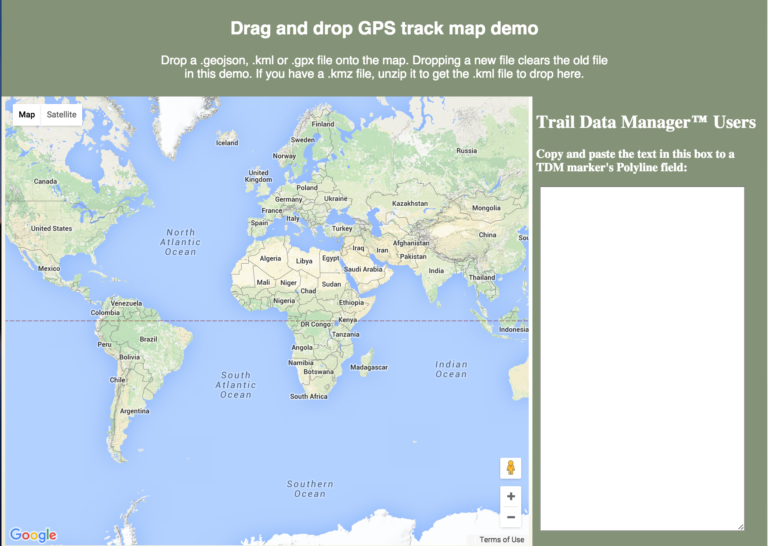Less to more, more to less or separate?
When it comes to serving content to users of multiple devices, there isn’t one clear path. Progressive enhancement (less to more) defaults to a simple view and adds enhancements where it can. Graceful degradation (more to less), starts with the most complete experience and takes things away when it has to. And sometimes separate sites / pages or dedicated Apps for tablets and smartphones works best.
What is clear is that doing nothing at all is a bad recipe. At the very least, your site should adapt to screen size in typical responsive fashion by collapsing menus, driving sidebars to the bottom and reflowing content so no one has to scroll sideways nor get out a magnifying glass.
How does one decide which approach to take? As with many things in serving customers, start by knowing the customer. In this case, it is actually easier than it might be for, say, product management. You can review your analytics data (you are tracking site traffic with Google Analytics or another analytics tool, right?) to see how much new and returning traffic comes from which devices, how bounce rate, time on page and pages per visit vary from device type to device type and more. In that data are lessons on whether your site is working for your visitors on each device category.
If all your traffic comes from desktop and laptop users with large screens and HTML5, Javascript and CSS3 capable browsers, there’s a good chance that either a basic responsive configuration or a graceful degradation approach will work great for you. Unless you’re never even getting found by mobile users because your site is mobile unfriendly and getting punished in mobile search rankings accordingly. Think about the data, don’t just act blindly on it. Still, getting mobile responsive will move you forward, help your mobile search results and allow you to collect more data to make future decisions.
If your traffic comes from mostly mobile devices, and mostly smartphones specifically, mobile responsive is still a good foundation. Progressive enhancement is a good strategy here: provide the best, simple experience on the phone size devices and add enhancements as screen size, bandwidth and processing capability move up on tablets and PCs. Unless the only reason you don’t see much large screen traffic is that you have a competitor that serves up a much better large screen experience.
The App decision is a little more complex in that you need to know if your brand and value proposition are compelling enough to get the user to install your App. Analytics alone isn’t going to answer this question for you though data points like high returning traffic can contribute. A popup survey (very short) on your site that quickly states a perceived benefit to the user from your potential App and asks if they’d be likely to use the App if it existed might be helpful.
Mobile pages / sites (often seen as “m.yourdomain.com”) that serve a different experience for mobile small screen device users aren’t as common now that there are better tools for making the same page responsive to screen size. There are still cases where these are the best solution however. Data rich sites that present complex tables of information are an example. Coding these pages to adapt to small screens can make the page so complex that it is harder to read and maintain than separate pages. A page that otherwise doesn’t need jquery or other frameworks might end up having to load one just to manage output based on device, making all your pages load slower. A separate page is easier to maintain and provides better performance in this case.
There’s no single right formula that applies to every site and every audience. Knowing your current audience and the audience you want to cultivate is key. Then think about your content and functionality and how visitors can best experience it. Which approach gives the best possible experience to your most important visitors? How does it perform? Is it easy to maintain? Work through the criteria and then decide what will work best for your site.

